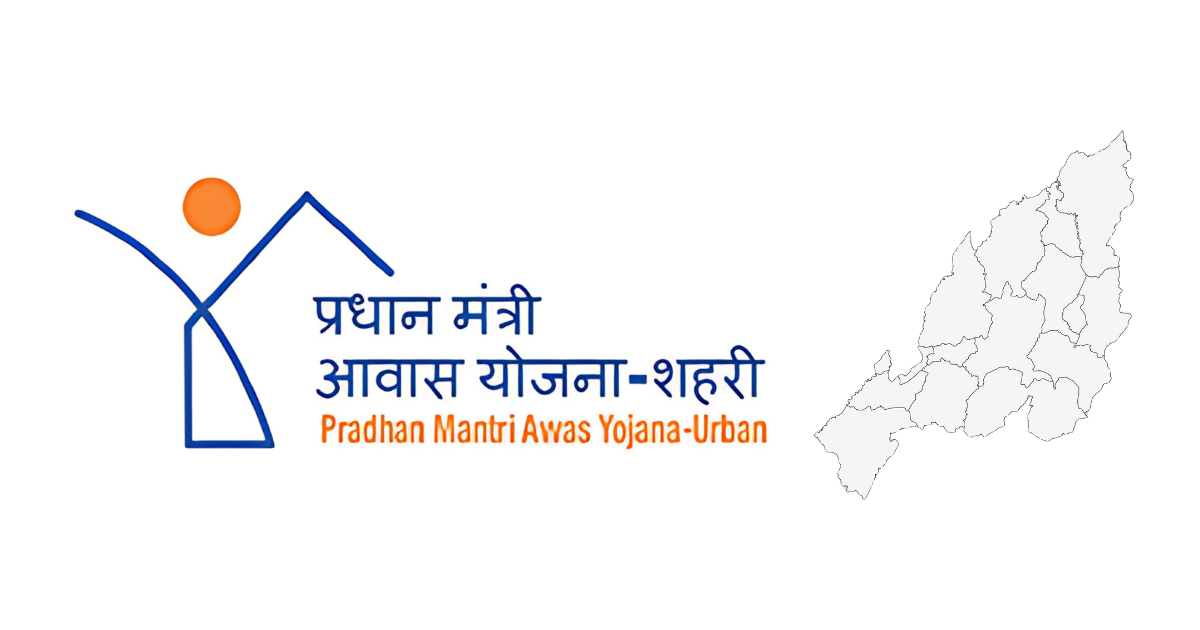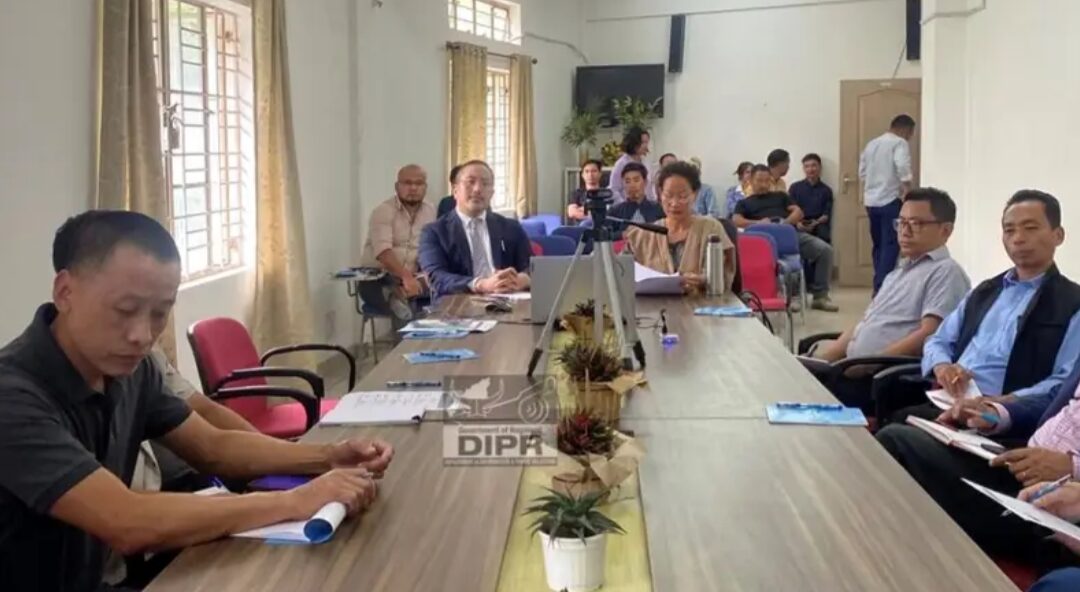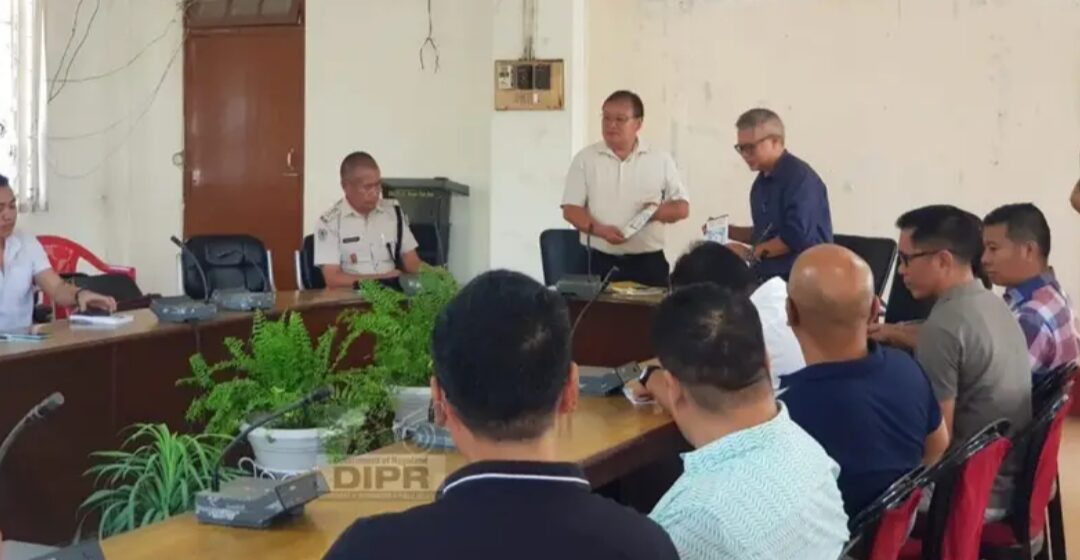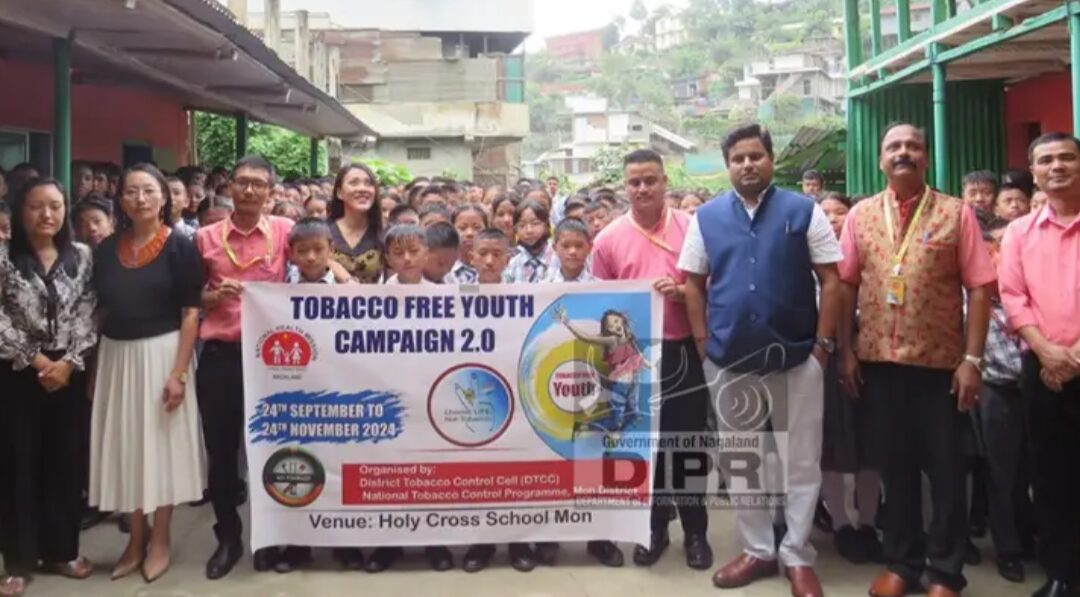Nagaland has been sanctioned Rs. 503.91 crores for the construction of 31,860 houses under the Pradhan Mantri Awas Yojana – Urban (PMAY-U). This substantial funding is aimed at addressing the housing shortage for the urban poor in the state.
PMAY-U: A Comprehensive Scheme for Affordable Housing
Launched in June 2015 by the Ministry of Housing and Urban Affairs (MoHUA), PMAY-U seeks to provide affordable housing to all eligible urban beneficiaries by 2022. The scheme covers all statutory towns as per Census 2011 and towns notified subsequently. It includes four main components: In-Situ Slum Redevelopment (ISSR), Credit Linked Subsidy Scheme (CLSS), Affordable Housing in Partnership (AHP), and Beneficiary-led individual house construction/enhancements (BLC).
According to Tokhan Sahu, the Minister of State for Housing & Urban Affairs, who provided detailed information for all states under the scheme in a written reply in the Rajya Sabha, Rs. 393.41 crores have already been released to Nagaland. The funding is distributed in three instalments of 40%, 40%, and 20%, based on the fulfilment of mandatory compliances by the state.
Also Read: Sumi Hoho elects new leadership and adopts significant resolutions
Progress and Challenges in Nagaland
While significant progress has been made, with 22,850 houses already completed, Nagaland faces challenges in project implementation. The state has one of the lowest completion rates for houses sanctioned under PMAY-U, indicating potential issues in local execution and project management. Factors such as availability of encumbrance-free land, statutory compliances, and timely arrangement of funds by beneficiaries are crucial for the timely completion of these projects.
The Process of Project Approval and Funding
As a demand-driven scheme, PMAY-U relies on states and union territories to prepare project proposals based on the demand for housing in urban areas. After approval by the State Level Sanctioning & Monitoring Committee (SLSMC), these proposals are submitted to the Ministry for sanctioning of admissible Central assistance by the Central Sanctioning & Monitoring Committee (CSMC).
The Government of India provides its fixed share as Central assistance of ₹1.0 lakh per house under ISSR, ₹1.5 lakh per house for AHP and BLC verticals of PMAY-U. Under the CLSS vertical, an interest subsidy at the rate of 6.5%, amounting up to ₹2.67 lakh per house, is provided for beneficiaries of the Economically Weaker Sections (EWS) and Lower Income Group (LIG) category. The remaining cost of the house, as per the Detailed Project Report (DPR), is shared by States/UTs/Urban Local Bodies (ULBs)/Beneficiaries.
Also Read: Real Madrid’s rising star set for a bigger role in the 2024/25 season
Timeline for Project Completion
The timeline for the completion of projects varies from State to State and generally takes 12-36 months in different verticals of the scheme and as per DPRs of respective projects. States/UTs have been advised to expedite the construction of sanctioned houses so that all houses are completed within the stipulated timeline. The scheme period, which was earlier up to 31.03.2022, has been extended up to 31.12.2024, except for the Credit Linked Subsidy Scheme (CLSS) vertical.
Nationwide Progress of PMAY-U
Nationwide, PMAY-U has sanctioned a total of 1.19 crore houses, with 113 lakh units having commenced construction and 76.34 lakh units completed and delivered to beneficiaries. The central government has committed Rs. 2 lakh crore in assistance, with Rs. 1,56,412 crore already released.
The sanctioning of Rs. 503.91 crores for 31,860 houses under PMAY-U in Nagaland is a significant step towards improving the housing situation in the state. To ensure that the intended benefits reach the eligible beneficiaries, concerted efforts from both the state and central governments, along with active participation from local bodies and the beneficiaries themselves, are necessary.
Also Read: Akumienla makes history with bronze at South Asian Karate Championship
The successful implementation of PMAY-U in Nagaland will not only address the housing shortage but also improve the living conditions of millions of urban poor in the state. With the government’s commitment to providing affordable housing, the future looks promising for those in need of a safe and secure place to call home.




